When it comes to buying footwear, one factor that many people prioritize is the material it is made from. In recent times, the prevalence of fake or faux leather shoes in the market has risen significantly. However, the appeal and popularity of real leather shoes have not diminished. This article aims to shed light on the key differences between real leather shoes and fake ones, helping consumers make an informed choice while purchasing their next pair. Durability and Longevity: One of the most significant advantages of real leather shoes is their durability and longevity. Genuine leather boasts exceptional strength, allowing shoes made from this material to withstand regular wear and tear, increasing their lifespan. On the other hand, fake leather shoes, typically constructed using synthetic materials, are more prone to cracking, peeling, and deteriorating over time.
.
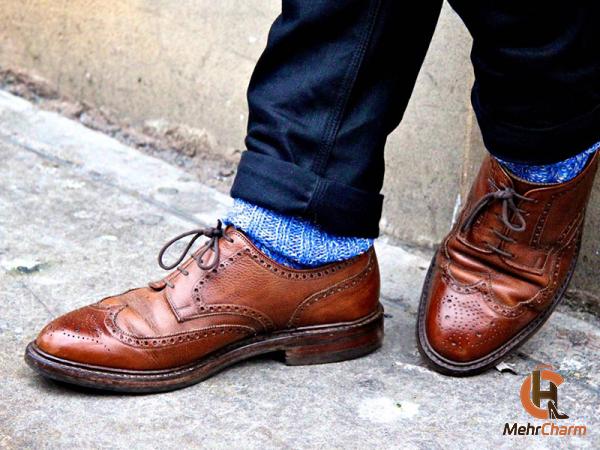 Comfort and Breathability: Real leather shoes naturally mold to the shape of the wearer’s foot over time, providing an unparalleled level of comfort. The material is highly breathable, allowing air circulation and preventing excessive sweating. In contrast, fake leather shoes often lack these natural properties and may not provide the same level of comfort or breathability, leading to discomfort and dampness after extended wear. Craftsmanship and Aesthetics: The craftsmanship and aesthetics of real leather shoes are difficult to replicate. Genuine leather possesses a unique texture, patina, and natural imperfections, adding character and elegance to the footwear. Top-quality craftsmanship further enhances these features, resulting in a visually appealing product. While manufacturers of fake leather shoes attempt to mimic the appearance of real leather, they often fall short in replicating the authenticity and superior finish.
Comfort and Breathability: Real leather shoes naturally mold to the shape of the wearer’s foot over time, providing an unparalleled level of comfort. The material is highly breathable, allowing air circulation and preventing excessive sweating. In contrast, fake leather shoes often lack these natural properties and may not provide the same level of comfort or breathability, leading to discomfort and dampness after extended wear. Craftsmanship and Aesthetics: The craftsmanship and aesthetics of real leather shoes are difficult to replicate. Genuine leather possesses a unique texture, patina, and natural imperfections, adding character and elegance to the footwear. Top-quality craftsmanship further enhances these features, resulting in a visually appealing product. While manufacturers of fake leather shoes attempt to mimic the appearance of real leather, they often fall short in replicating the authenticity and superior finish.
..
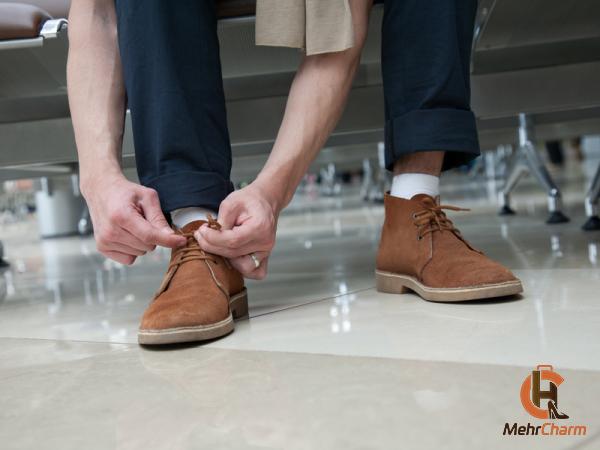 Environmental Impact: Real leather shoes, while derived from animal hides, can be considered a sustainable choice when sourced responsibly. Ethically sourced leather ensures that the animals are treated and processed in a manner that respects animal welfare. Additionally, genuine leather is a renewable resource that can biodegrade naturally if disposed of correctly. Conversely, fake leather shoes, often made from petroleum-based materials, have a more significant carbon footprint and contribute to non-biodegradable waste. Quality and Investment: Real leather shoes are generally more expensive than their fake counterparts due to the higher cost of production, craftsmanship, and the durability they offer. However, this higher price tag reflects the long-term value and investment that comes with genuine leather shoes.
Environmental Impact: Real leather shoes, while derived from animal hides, can be considered a sustainable choice when sourced responsibly. Ethically sourced leather ensures that the animals are treated and processed in a manner that respects animal welfare. Additionally, genuine leather is a renewable resource that can biodegrade naturally if disposed of correctly. Conversely, fake leather shoes, often made from petroleum-based materials, have a more significant carbon footprint and contribute to non-biodegradable waste. Quality and Investment: Real leather shoes are generally more expensive than their fake counterparts due to the higher cost of production, craftsmanship, and the durability they offer. However, this higher price tag reflects the long-term value and investment that comes with genuine leather shoes.
…
 The durability allows them to last longer, reducing the need for frequent replacements, ultimately proving to be a cost-effective choice. Conclusion: While the allure of fake leather shoes may lie in their lower price point, the advantages and long-term benefits of opting for real leather shoes cannot be overstated. From durability and comfort to aesthetics and sustainability, genuine leather shoes far surpass their fake counterparts. As consumers, it is essential to make informed choices, understanding the differences between real and fake leather shoes and prioritizing the benefits that align with personal preferences and values. Investing in real leather shoes ensures quality, longevity, and a timeless sense of style.
The durability allows them to last longer, reducing the need for frequent replacements, ultimately proving to be a cost-effective choice. Conclusion: While the allure of fake leather shoes may lie in their lower price point, the advantages and long-term benefits of opting for real leather shoes cannot be overstated. From durability and comfort to aesthetics and sustainability, genuine leather shoes far surpass their fake counterparts. As consumers, it is essential to make informed choices, understanding the differences between real and fake leather shoes and prioritizing the benefits that align with personal preferences and values. Investing in real leather shoes ensures quality, longevity, and a timeless sense of style.
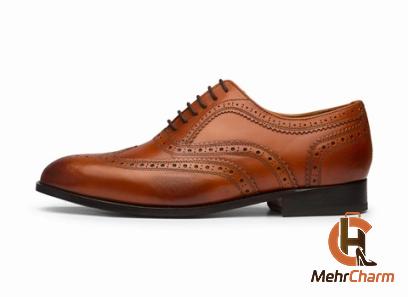

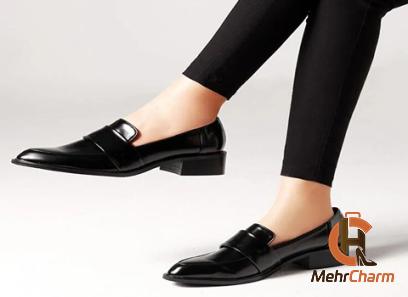
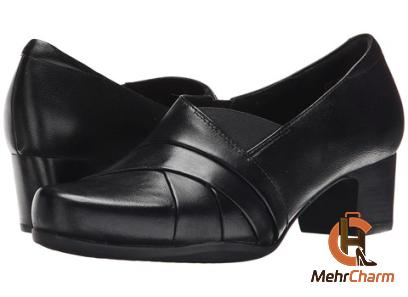

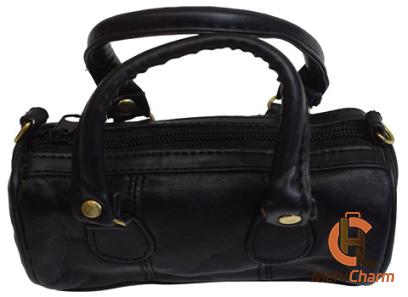

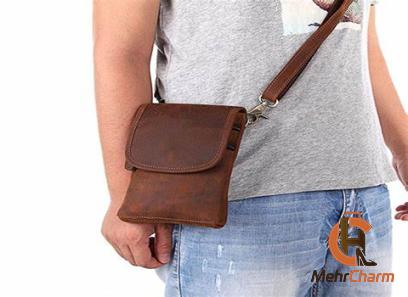

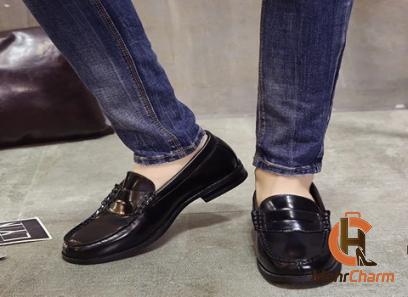
Your comment submitted.